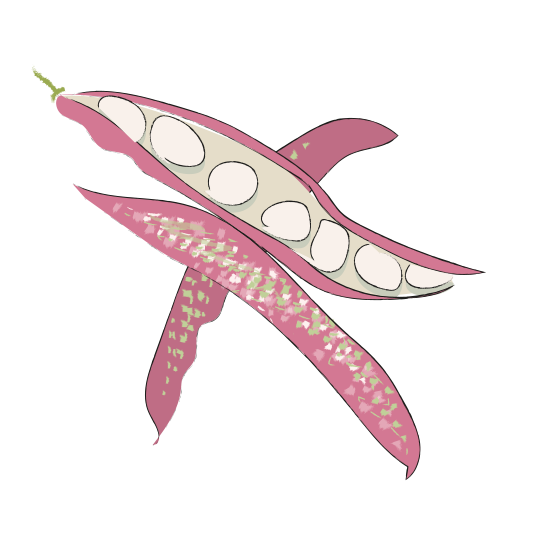
Fabaceae: the Bean Family
Beans are a high energy, high protein food, playing an important part in human evolution. Some of our wild members of this family are valuable pasture, contributing to the good condition of grazing animals.
Epsom & Ewell Flower Finder
Fabaceae: the Bean Family
Curry fans may be surprised that Tamarind, an ingredient in many of your favourites, is a member of the bean family. These are members of one of the largest plant families in the world, giving nitrogen to the soil and food to humans and other animals ALTHOUGH SOME ARE TOXIC.
HOME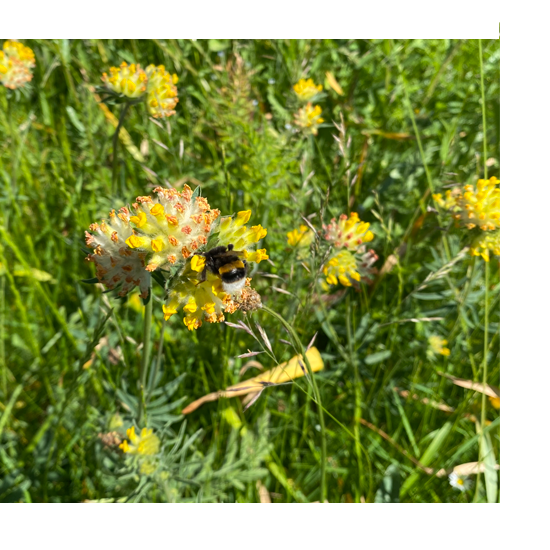
Anthyllis vulneraria
Kidney Vetch, Woundwort.
Soft hairs on leaf back. Plant up to 0.4 metres high.
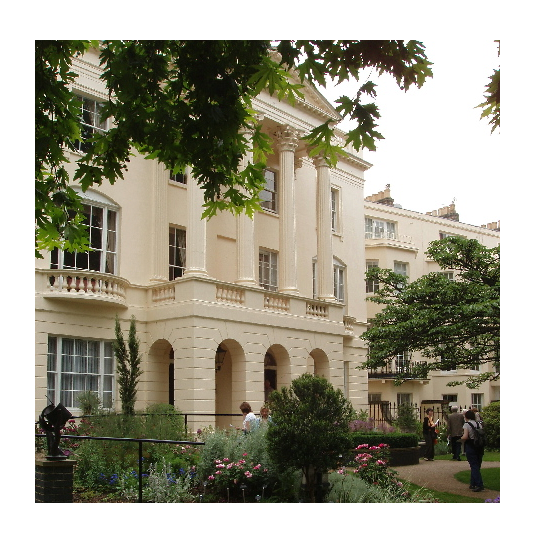
About
The tannins in the plant are thought to have wound healing properties. It can absorb heavy metals from the environment so is a valuable "cleaning" plant (Dr Henry Oakley, Fellow of the The Royal College of Physicians Gardens). Picture: David Hawgood.
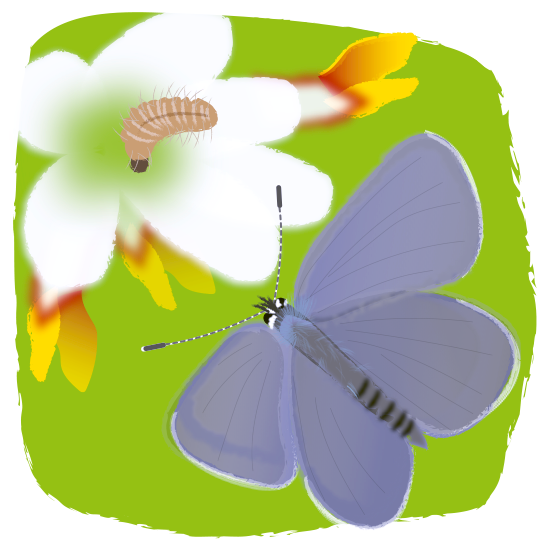
A beautiful pea, with shades of crimson in the yellow, kidney shaped flower heads. The sole food plant of our Small Blue butterfly; the larva (usually alone as her siblings are cannibals) survives deep in the flower head, apparently unbothered by visiting bees.
RETURN TO LIST

Lotus corniculatus
Common Bird's Foot Trefoil, Eggs & Bacon.
Almost hairless. Plant up to 0.4 metres high.
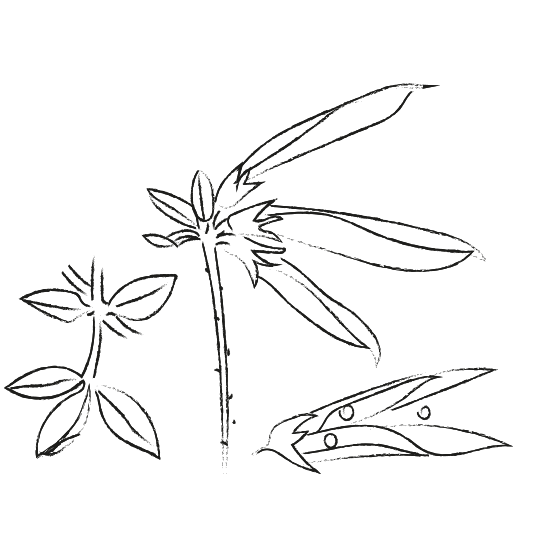
About
Recognised by one pair of leaves at the join of the main stem and a "clover" arrangement at the top. The seed cases resemble a bird's foot, which I think is great fun.
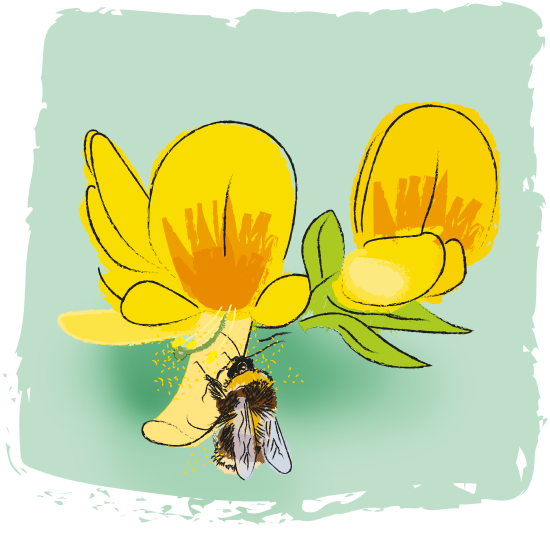
The large petal acts as a flag to draw insects in. As the insect pushes into the smaller petals with her feet, a specialised petal - the keel - pops open, exposing the sexual parts and 1. Dusting the insect with pollen and 2. Placing pollen already on the bee into the flower to pollinate it. This plant can also pollinate itself - very clever.
RETURN TO LIST
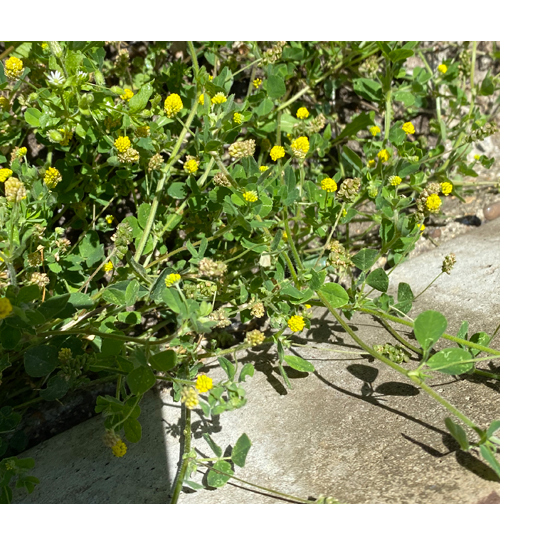
Medicago lupulina
Black Medick, Hop Clover.
Low growing, clover-like leaf. Plant up to 0.8 metres high.
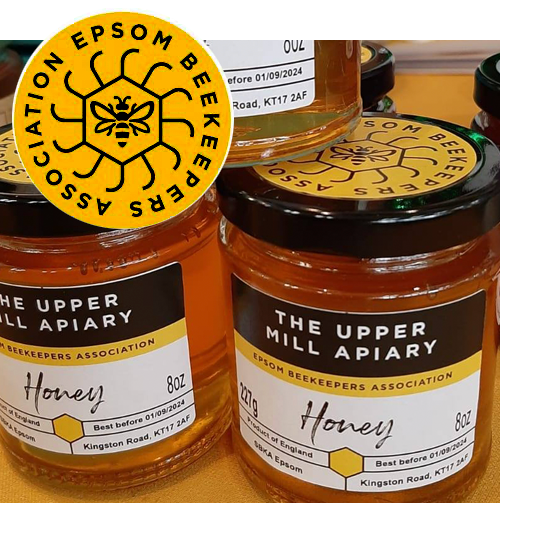
About
Common invader of roadside verges and pavement crevices. An annual that produces clusters of black coated seeds, hence "black" in the name. Popular with honey bees. Ewell Village beehives produce SUBLIME honey - do buy some!
EPSOM BEEKEEPERS
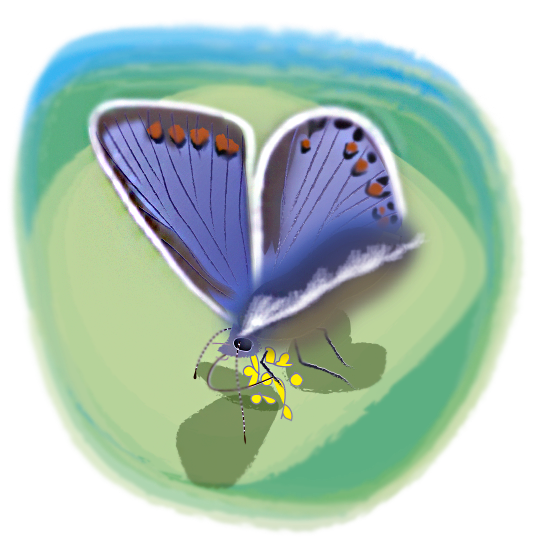
The Common Blue is an enchanting little butterfly who will mob the flowers when they appear. The larvae feed readily on these and Birds Foot Trefoil leaves. Ants take the Chrysalis underground and are payed "protection money" in the form of honeydew, secreted by the developing butterfly.
RETURN TO LIST
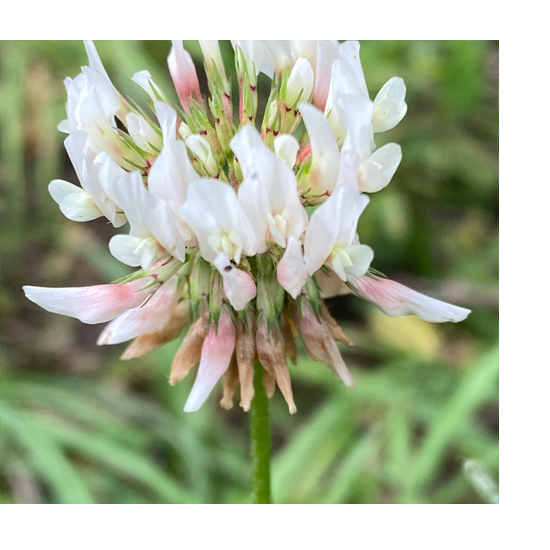
Trifolium repens
White Clover.
Plant's main stem up to 0.5 metres long at ground level.
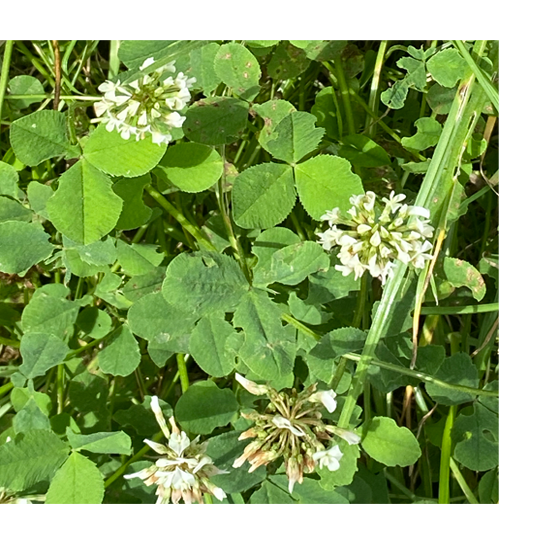
About
This plant will drought proof your lawn and bring in the bees. With pollinator populations becoming scarcer, bees rely on road verges for this valuable food source.
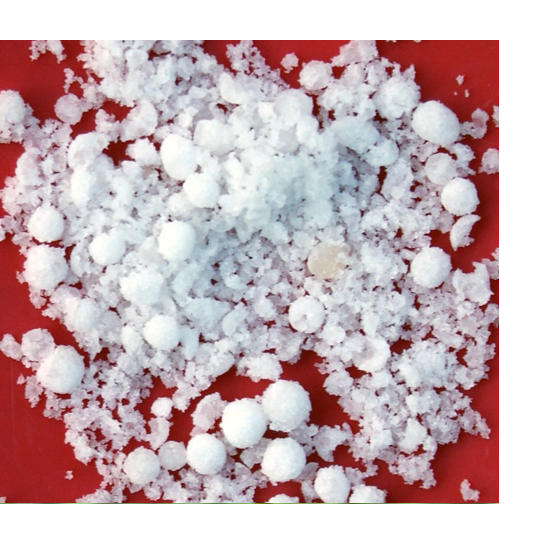
(Nitrogen fixing: see VICIA CRACCA, below) Ammonium Nitrate fertiliser is now so expensive, the cheap, low carbon, thrifty option is to grow your own. The cattle and the bees benefit too!
RETURN TO LIST

Ulex europa
Gorse, Whin.
Dense, spiny and evergreen. Plant up to 3 metres high.
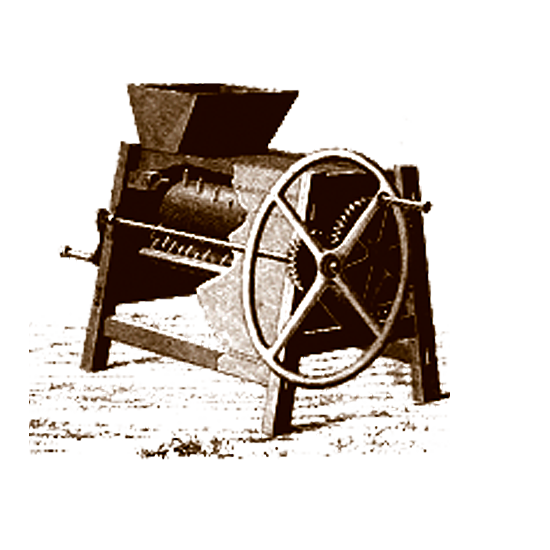
About
A beautiful shrub, popular with nesting birds and pollinating insects. The coconut-like scent in spring is a treat. I found this one at Horton Country Park. In the past, the branches were gathered (by brave individulas) and milled/crushed to create nutritious cattle fodder.
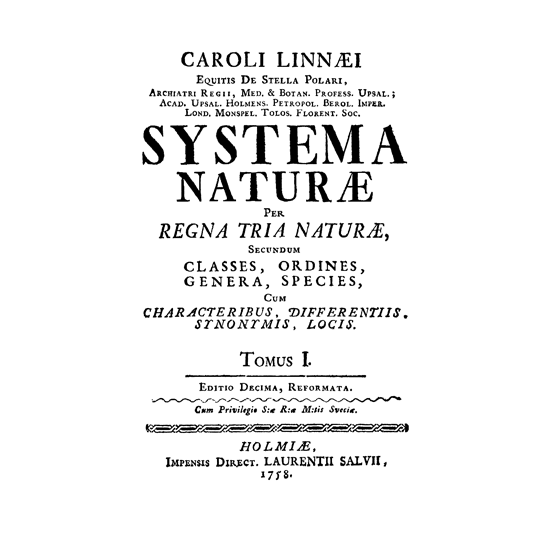
Carl Linneaus (created "latinised" names and a wonderful method of classifying living things) viewed the beauty of Gorse on Putney Heath with a tear in his eye; I'm sure collecting the prickly specimens gave him plenty to weep about.
RETURN TO LIST

Vicia cracca
Tufted Vetch, Cow Vetch.
Downy plant, scrambling and pea-like. Plant up to 2 metres high.
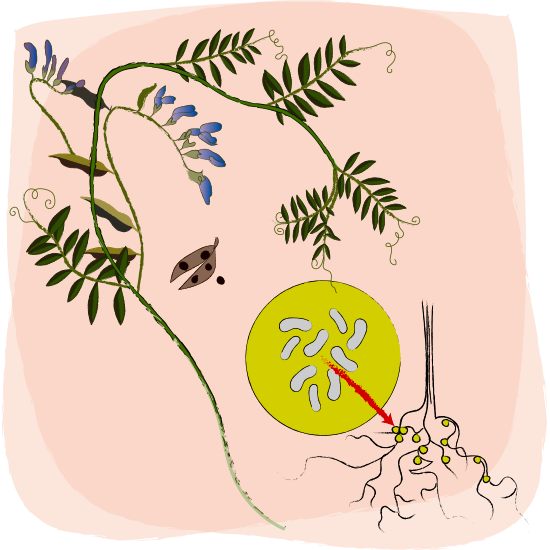
About
As pretty as any garden sweet pea with bright violet flowers, up to 30 on one spike. A useful fodder crop. Nodules on the root host nitrogen fixing bacteria, improving soil condition.
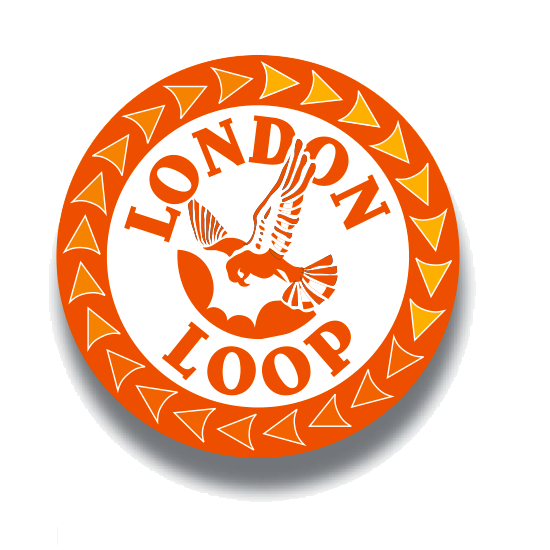
I found a patch of these plants at Warren Farm, an extension of Nonsuch Park. This area is a buzzing wildflower meadow that is well worth a visit and is a popular stop on the London Loop walk, section 7.
RETURN TO LIST
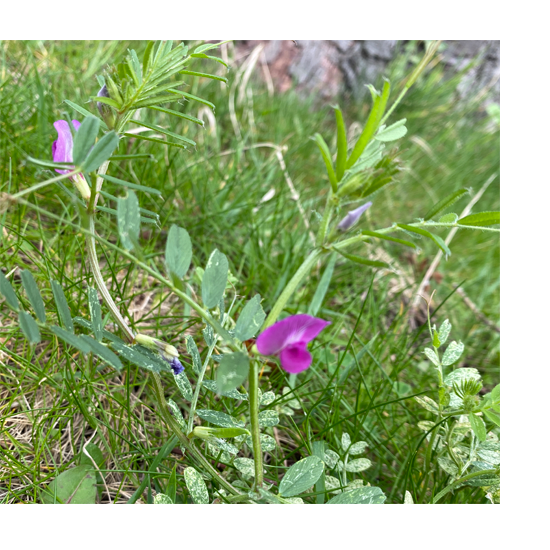
Vicia sativa
Common Vetch.
Variably hairy, scrambling and pea-like. Plant up to 1.5 metres high.
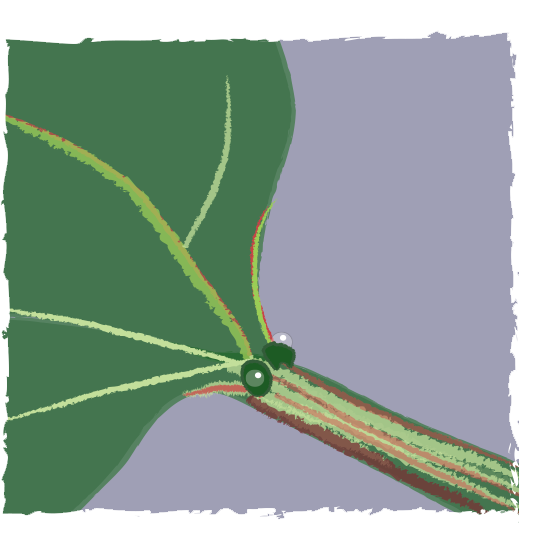
About
Extrafloral Nectaries - glands on leaves and stems, attract insects, including ants. These glands have nothing to do with the pollination process; perhaps an "added nectar extra" to attract pollinators?
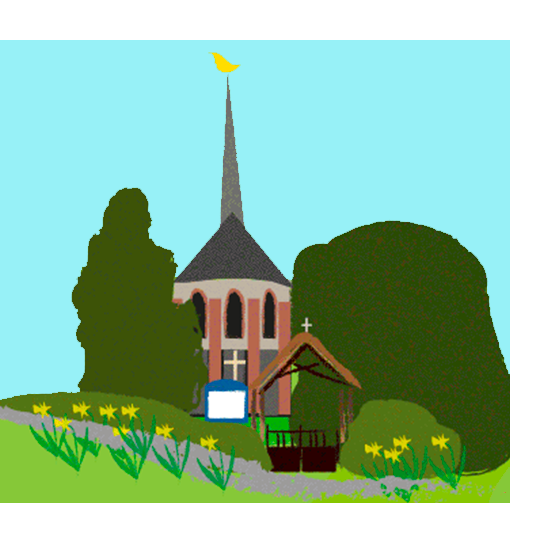
A useful fodder crop that fixes nitrogen on the roots. Pretty, early flowering and great for butterflies and bumbles. This one was in the churchyard, Cuddington.
RETURN TO LIST
More information
SURREY'S WILDFLOWERING PROJECT is a community-led initiative, aiming to build a partnership that enables wildflowering in the county as well as promoting and celebrating the boroughs/districts diverse environments. Do take the time to find out more about the project and if you can get involved, even in a small way, you will make a difference.
 SURREY WILDFLOWERING
SURREY WILDFLOWERING